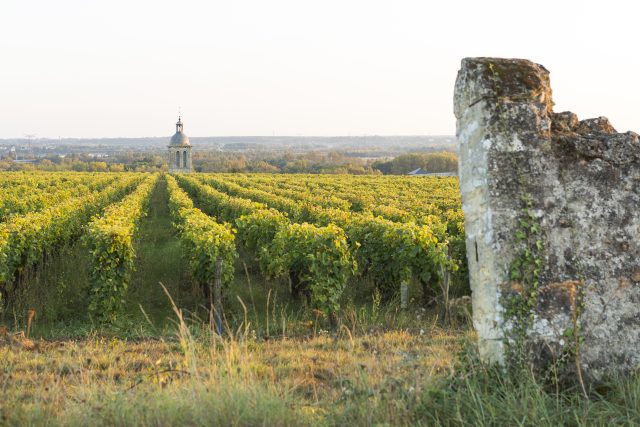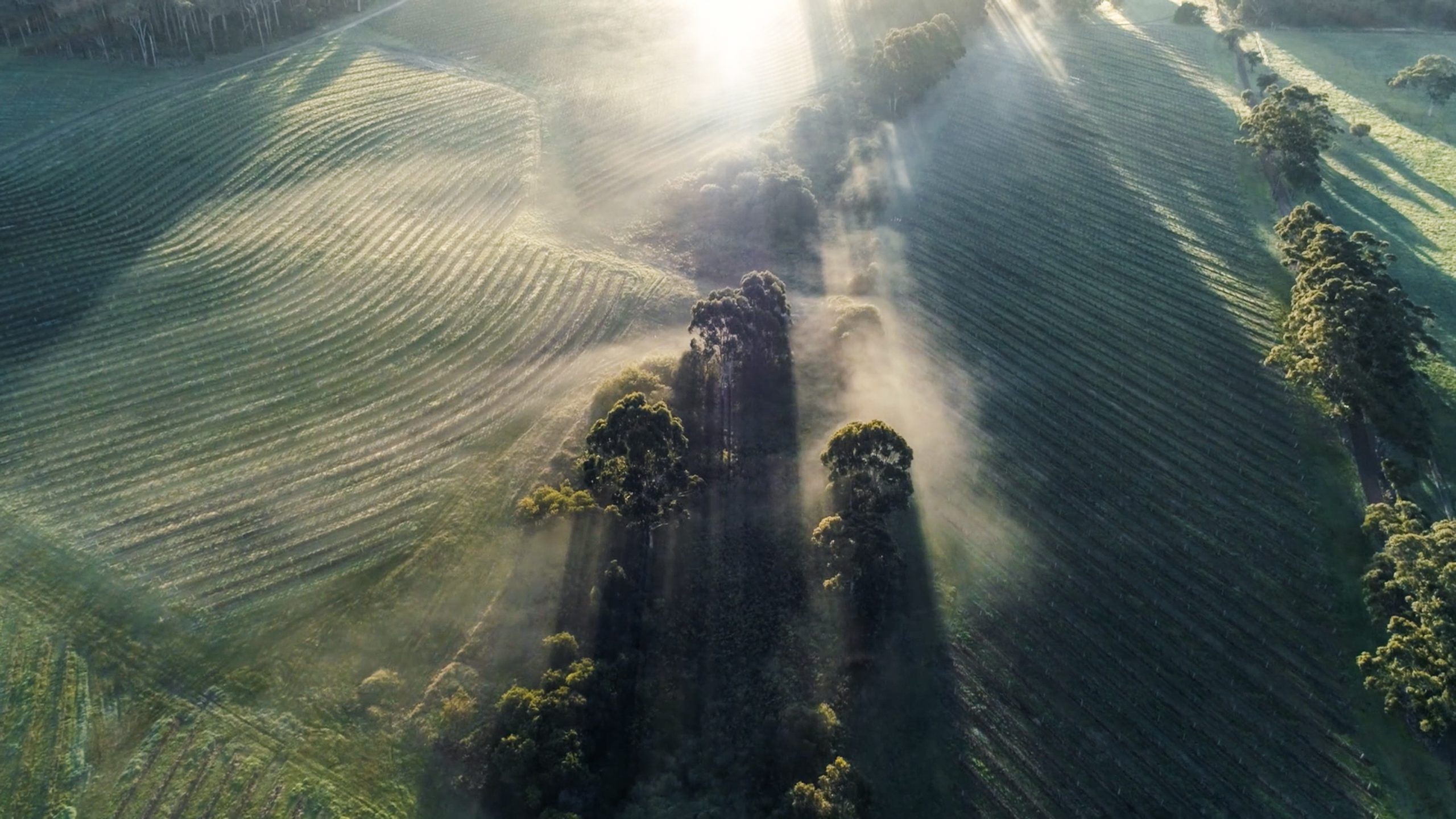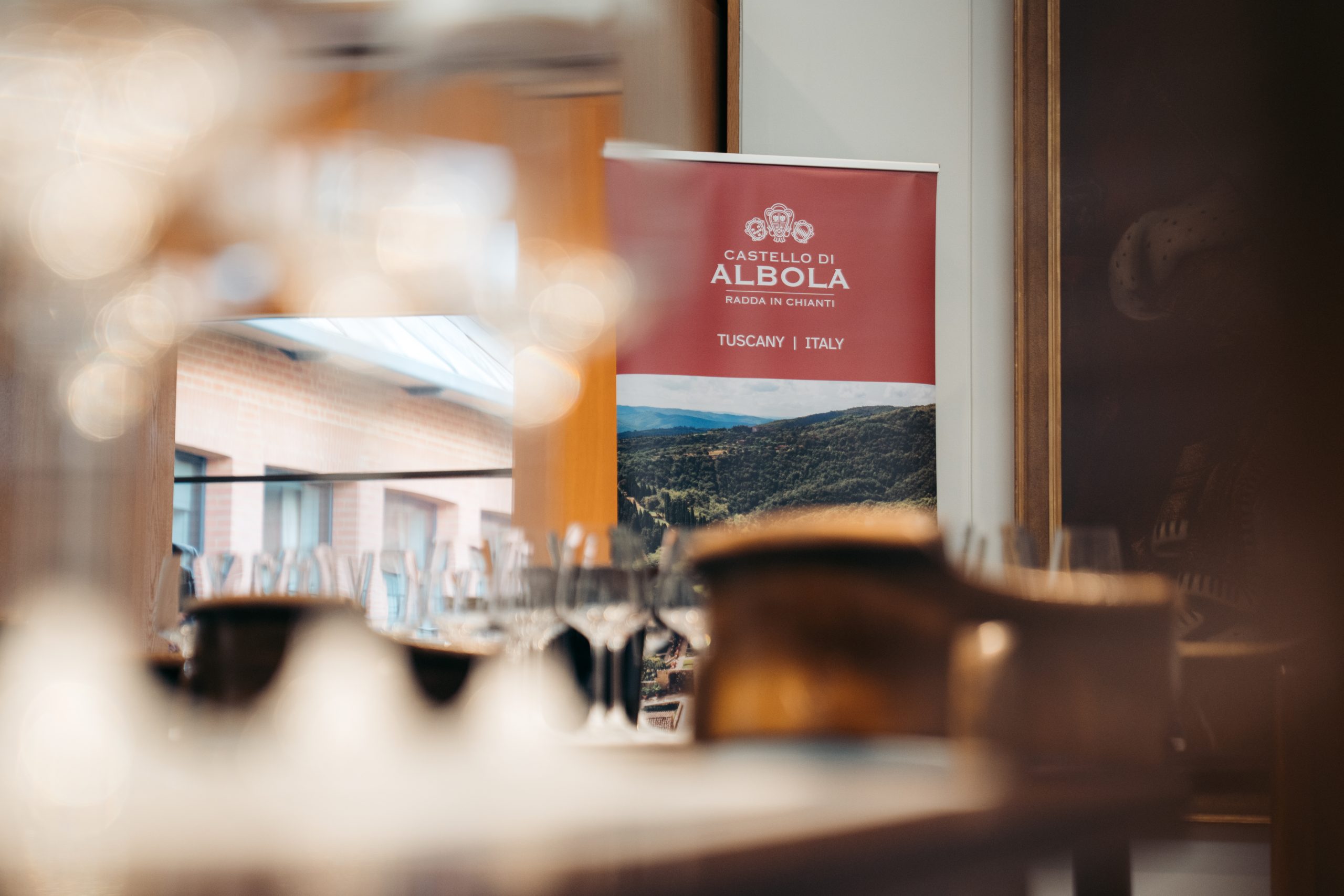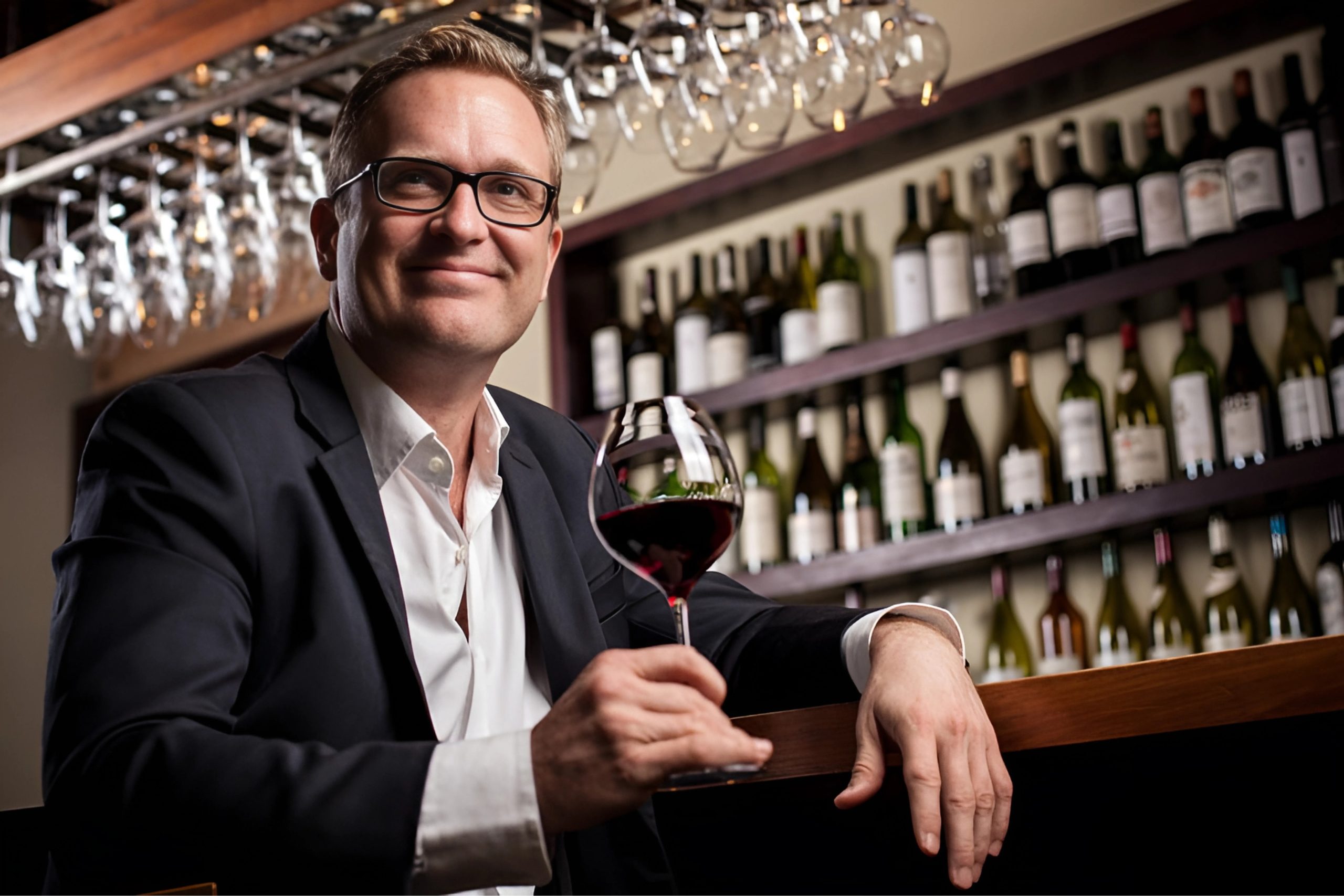Why are sparkling fans seeking out Loire Valley fine bulles?
The Loire Valley ranks number one for sparkling wine production in France, outside Champagne. LM Archer explores why the region’s fine bulles are so highly in-demand.

As the drinks business has recently reported, crémant consumption is on the rise, with consumers wising up to the quality of French sparkling options outside of Champagne, often at lower price points.
Currently, the Loire Valley is the number one sparkling wine production region in France, outside Champagne. But why is this region ideal for creating fine fizz? Simply put, the Loire Valley offers a winning trifecta of climate, soils, and sustainability. Named a UNESCO World Heritage site in 2000, the Loire Valley spans nearly 200 miles (320 km] along the Loire River in central France, running from Orléans to Nantes.
Winemaking Romans arrived in the Loire Valley 2,000 years ago, attracted by its moderate climate, and vine-loving soils. Marine, metamorphic, and volcanic soils suit a variety of grapes, most notably Melon, Chenin Blanc, and Cabernet Franc.
During the Middle Ages, Henry II, King of England and Count of Anjou, married Eleanor of Aquitaine in 1152. Over time, the Loire Valley transformed into “The Royal Valley”, an opulent kings and courtiers’ playground of white-stoned chateaux.
Later, savvy 16th century Dutch immigrant merchants arrived, improving wine trading routes, transportation, and techniques.
But perhaps most significantly, for the purpose of this article, is the year 1811, which marks the production of Loire Valley’s first fines bulles, or sparkling wines, near Saumur.
Fines Bulles
Fines bulles describes sparkling wines made in the traditional method, with secondary fermentation completed in the bottle, leading to elegant, refined bubbles.
Loire Valley fines bulles require a minimum of nine months ageing in bottle. However, most producers opt for longer ageing to induce more complex aromas, and a creamier mouthfeel.
Leading the way, Crémant de Loire ranks as Loire Valley’s largest fines bulles appellation. Approved in 1975, Crémant de Loire AOC (Appellation d’Origine Contrôlée) or AOP (European equivalent Protected Origin Appellation) spans the wine regions of Anjou, Saumur, and Touraine.
Crémant de Loire AOC does not stipulate grape requirements, but most producers tend to employ Chenin Blanc, Chardonnay, and Cabernet Franc.
In 2023, a whopping 25.9 million bottles of Crémant de Loire sold worldwide – up 42% since 2019.
“Sparkling wine consumption increased compare to red wine,” confirms Amandine Demersseman, Chargée de Projet Fines Bulles et AOC Saumur, Fédération Viticole de l’Anjou et de Saumur. “Crémant de Loire benefits from this trend. Above all, its freshness matches with consumers’ expectations.”
Beyond Crémant de Loire
Other important Loire Valley sparkling designations include Saumur Brut or Saumur Mousseux from Anjou-Saumur; and Vouvray sparkling from Touraine.
Like Crémant de Loire, these areas follow less restrictive grape guidelines. Saumur sparkling wines typically employ Chenin and Chardonnay.
By contrast, Vouvray sparkling requires the sole use of Chenin. Styles vary from dry to sweet, labeled as Vouvray Pétillant or Vouvray Mousseux.
In short, the sum of the Loire’s fines bulles parts intensifies the success of its whole.
“I know it’s very successful, and it’s growing, and I also think the quality has improved in the last few years,” underscores Loire expert and Master of Wine Beverly Blanning.
So does its terroir. For example, Saumur’s famed tuffeau chalk imparts a distinctive, chiseled minerality to its sparklers.
“Terroir plays a heavy role in our wines,” confirms Alexis Brisebarre of Domaine Brisebarre in Vouvray. “Our 100% Chenin Blanc vineyard is located on top of coteau overlooking the Loire Valley, the vines planted in a shallow layer of clay with calcaire bedrock just underneath. Variations in the clay thickness and mixed rocks in that clay make every plot unique.”
Partner Content
Others, like mother and daughter vignerons Sylvie and Manon of Moulin de Chauvigné in Anjou’s Rochefort-sur-Loire plant their Chenin on schist “with the aim of having uniform maturity, and to properly reveal the minerality during vinification.”
Garden of France
But consumers also flock to Loire’s fine fizz for another reason: the region’s commitment to sustainability.
Dubbed “The Garden of France,” 80% of Loire Valley estates commit to organic, biodynamic, and French environmental certifications like HEV (High Environmental Value – Levels 1,2,3) ), Terra Vitis, and Agri Confiance.
Some bubble makers proved early adopters.
“We were already applying the good practices of the HEV3 specifications in our cultivation method, several years before Christian’s death in 2017. It was obvious to us that we would have it administratively validated in 2018,” says Sylvie Plessis, who took over Moulin de Chauvigné with daughter Manon after her husband’s unexpected death. These “good practices” involve voluntary biodiversity, water, soil, and pesticide management.
Location also helps. “Le Puy-Notre-Dame is just under 200km (124 mi.) east of the Atlantic Ocean,” says winemaker Jean-Louis Bernet of biodynamic Domaine de la Paleine in Saumur’s Le Puy-Notre-Dame.
“It is a transition zone between the oceanic and the semi-continental climates, with rather satisfactory rainfall levels for viticulture, despite stronger and more frequent variations, and also for biodynamic farming. Almost half of the wine growers in Le Puy-Notre-Dame are organic or biodynamic, which creates a good collective dynamic.”
So does heritage. “Being the ninth generation of winemakers in the family, I found it important to leave my own mark, and to bring improvements to our winery,” says Amélie Neau of Domaine de Nerleux in Saint-Cyr-en-Bourg, near Saumur.
“Since I have always been concerned about the environmental issues, I wanted to give my small contribution, and do my best to leave the Earth cleaner, as a heritage to my children,” she adds.
The Price of Conversion
Unfortunately, a combination of labour challenges, and the demands of organic farming hinder Neau from full conversion of her 60ha estate. Other ecolo-minded farmers face similar headwinds.
“The main challenge for the exploitations in organic agriculture is to find and maintain a labour force,” says fifth-generation Aubin Lecomte of Château de Passavant in Haut Layon, in Anjou. The 70ha site adopted organic and biodynamic farming in 2011. More recently, they incorporated breeding, polyculture, and agroforestry practices.
But conversion takes time. And money.
“The first two or three years it has to be able to increase drastically its labour force without any compensation. Economically, it is hard,” Lecomte says. “After this time, you can label your wines as organic, and try to add value to this. When my parents and uncle started to work in organic production, there was no market for organic wines in Anjou. The first years they even didn’t noticed the organic logo in the bottles. “
Ultimately, however, these environmentally mindful conversions prove priceless to Loire Valley sparkling producers – and consumers.
“I truly think that it’s a benefit to have a vineyard [farmed] organic and biodynamic for a long time, to be able to cope [with] climate changes,” Lecomte concludes. “Our vines are resistant, deeply rooted, and all the biodiversity around them [helps] protect them by natural regulation of species. All these participate in creating authentic, richer and complex wines.”
Read more
The best wines from The Global Chenin Blanc Masters 2024
Related news
Loire Valley winemakers turn to tech in sustainability push




